Gold Laser Engraving Machine
SuperbMelt 20w-50w laser engraving machine can customize patterns on any precious metal jewelry.
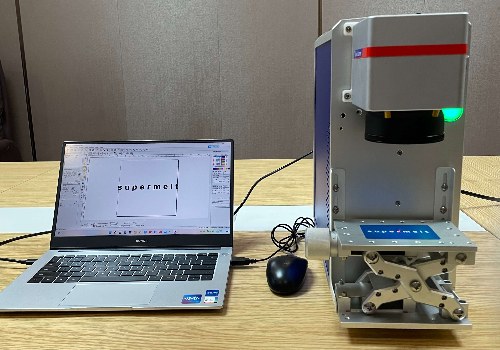
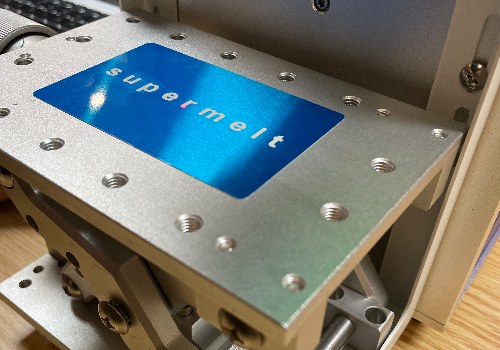
SuperbMelt Gold Laser Engraving Machine helps small jewelry shops achieve customized services. This machine is primarily used for permanent laser engraving of patterns and text on precious metal jewelry such as gold, silver, and platinum without damaging or altering the material itself.
Compared to traditional engraving methods, laser engraving offers significant advantages. It enables precise engraving without damaging the material. This laser engraving machine is not only suitable for the jewelry industry but also for other fields such as medical devices, electronic components, and bicycle manufacturing.
Utilize the SuperbMelt Gold Laser Engraving Machine to drive business growth and assist more customers in creating customized jewelry pieces!
| Model Number | SPB-MFLM |
| Average Output Power | 20W/30W/50W |
| Beam Quality | M²:1.5(TEMOO mode) |
| Repeatability | 0.01mm |
| Max Line Speed | 12000mm/s |
| Min Line Width | 0.017mm |
| Power Adjustment Range | 1%-100% |
| Laser Wavelength | 1064nm |
| Total Power | ≤500W |
| Marking Range | 110mm*110mm/175mm*175mm |
| Cooling System | Air Cooled |
| Laser Repetition Rate | 20KHz-80KHz(Adjustable) |
| Equipment Working Environment | Clean or Less Dusty |
| Min Character | 0.2mm*0.2mm |
| Equipment Operating Temperature | 13℃-28℃ |
| Marking Depth | 0.01mm-1mm(Determined by material) |
| Power Requirements | AC220V/50Hz/2A |
- High Stability
The laser is transmitted through an optical fiber, where it undergoes stimulated oscillation within the fiber waveguide, resulting in low loss and high stability, ensuring high product yield.
- High Speed
The perfect combination of software and hardware with an ultra-high-speed imported galvanometer effectively increases productivity, with a marking speed of up to 10,000mm/s.
- Convenience
The overall machine is more compact, allowing for handheld operation and configuration for online flying marking.
- No Consumables
The fully air-cooled fiber laser has a long lifespan, requires no consumables, and features low maintenance and operating costs.
- Materials That Apply
Metals with a high melting point, high brittleness, and high hardness include stainless steel, gold, silver, copper, platinum, and aluminum.
There are also some electroplating materials, hardware, high-hard alloys and so on.
- Relevant Industries
Jewelry, timepieces, hardware components, 3C, electronic chips, processing of domestic goods, medical equipment, the advertising business, etc.
- Relevant Products
Personalized stainless steel kitchen utensils, mobile phone accessories, precision instruments, hardware components, clocks, eyeglass frames, and personalized rings, bracelets, and other precious metal items all feature laser lettering.
- Relevant Type
It is used to make metal nameplates, such as QR codes, bar codes, serial numbers, batch numbers, etc.; to indicate the metal purity of jewelry chains; to mark the manufacturing date of metal packaging; and to make logos and advertisements for various items.
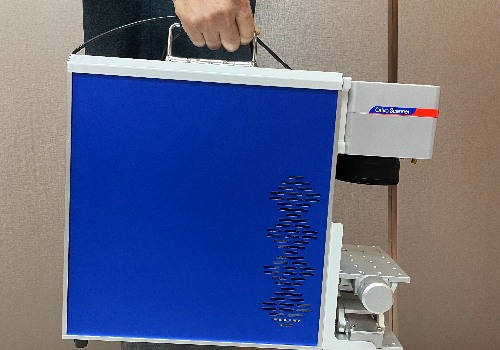
Portable Handling Equipment
The machine is compact and portable, and the handle installation may be readily transported to other settings. The enclosure is built of sturdy, high-quality materials that offer favorable working circumstances.
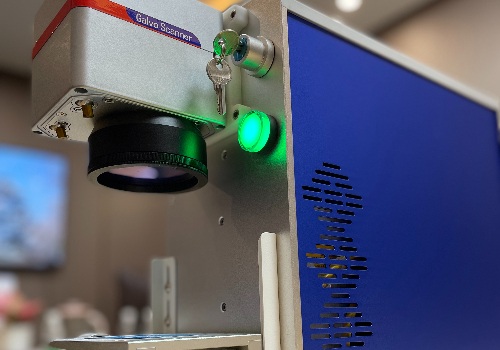
Rapid Marking Speed
The entire marking procedure is made simpler and faster thanks to the high-quality beam output and intelligent focusing mechanism, which also increases work efficiency.
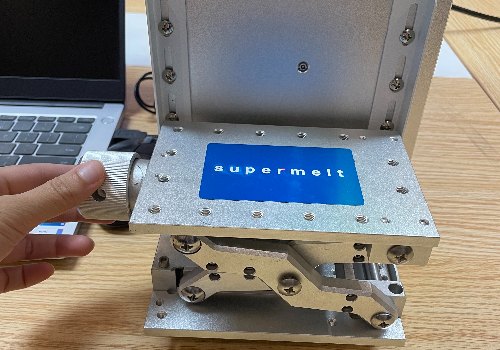
Highest Precision
The accuracy is 0.002mm, and the plane may be used to achieve a variety of intricate shapes. The non-contact labeling lowers material loss.
SuperbMelt Gold Laser Engraving Machine Workflow
- Design Preparation: Create or import the design using appropriate software.
- Material Setup: Place the gold jewelry piece securely in the machine’s work area.
- Machine Configuration: Adjust laser settings (power, speed) and focus.
- Engraving: Start the engraving process.
- Post-Engraving: Clean and inspect the engraved jewelry.
- Completion: Finalize with finishing touches as needed.
Any Question About SuperbMelt Gold Laser Engraving Machine
Why SuperbMelt Gold Laser Engraving Machine



About SuperbMelt Automatic Laser Welding Machine Related Products
Here's What Our Satisfied Customers Have to Say

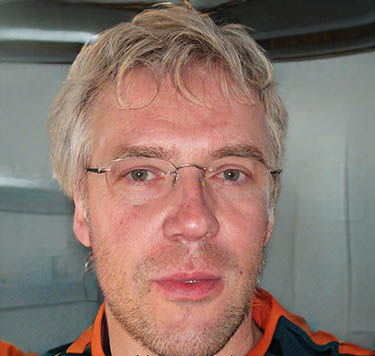

SuperbMelt Gold Laser Engraving Machine FAQ
- Getting ready the gold ring To get rid of any potential dirt, dust, or oils on the gold ring’s surface, clean it. To cover any sections of the ring that you don’t wish to be engraved, you can also want to use masking tape or a coating.
- Setting up the laser engraving device: Set up your laser engraving device in accordance with the directions provided by the manufacturer, making sure to choose the settings suitable for gold materials.
- Make or import the design: To create or import the design you wish to engrave onto the gold ring, use the software that came with your laser engraving equipment.
- Set the ring in place: Make sure the gold ring is firmly in place before placing it onto the laser engraving machine’s engraving bed.
- Start the engraving process by choosing the proper parameters for your design and launching the laser engraving procedure. A permanent engraving will be left on the gold ring after the laser beam removes the gold substance in accordance with the design you have produced.
Once the engraving process is finished, take the gold ring from the engraving bed, clean it completely to remove any debris or residue from the engraving process, and then check the engraved ring. Check the engraving on the ring to make sure it is accurate and up to your standards.
Stainless Steel, Aluminum, Brass, Copper, Gold, Silver, Titanium, Platinum, Nickel.
- The main difference between 3D laser marking machines and laser engraving machines is the type of marking or engraving they are capable of producing.
- 3D laser marking machines are designed to make markings or engravings with a three-dimensional effect, creating depth and texture in designs. These machines typically use fiber lasers to mark or engrave a range of materials, including metals, plastics, and more. They are ideal for creating high-precision marks with intricate details, such as barcodes, serial numbers and logos.
- Laser engravers, on the other hand, are often used to create two-dimensional engravings, such as designs or text, on various materials. These machines use a laser beam to cut or engrave the surface of a material, creating a permanent mark. Laser engravers are ideal for creating personalized gifts, signs and other decorations.
- Although both 3D laser markers and laser engravers use laser technology to create markings, their functions and applications are different. But SuperbMelt’s marking machine can achieve 3D effect by changing the 3D lens, so once you buy SuperbMelt’s marking machine, you can immediately realize 3D and 2D functions at the same time
- Design creation: Using computer software, the design or image that will be engraved is first produced. The laser engraving machine then receives this design.
- Surface Preparation: The material’s surface is prepped to guarantee a clear and smooth surface before engraving. This can entail giving the material a specific coating or cleaning the surface.
- Laser Engraving: The laser engraving machine employs a strong laser beam to engrave the design into the material once the design has been transferred and the surface has been prepared. In order to generate the design, the laser beam is directed onto the material’s surface and removes or vaporizes the substance.
- Finishing: Any extra material or dirt from the material’s surface is cleaned off once the engraving is finished. A finishing procedure may be applied to improve the engraving’s aesthetic or durability depending on the material being engraved.
- A laser engraver’s price can vary significantly based on a number of variables, including the kind of laser engraver (such as CO2, fiber, or diode), the machine’s size and power, as well as the manufacturer and the equipment’s quality.
- Different sectors have varied CO2 laser engraving machine prices, and more costly, industrial-grade equipment will cost more money.
- It’s vital to remember that the laser engraver may have ongoing expenditures, such as maintenance, replacement components, and software upgrades, in addition to the initial purchase price.
- A fiber laser engraving machine is a particular kind of laser-based equipment used to precisely and accurately engrave and mark a variety of materials. The device creates a laser beam that can engrave a variety of materials, including metals, plastics, wood, ceramics, and more using fiber laser technology.
- The laser beam is focused onto the surface of the material being etched after passing via a number of mirrors and lenses. The device can create a variety of effects, including deep engravings, surface patterns, and even 3D designs, by altering the laser beam’s strength and frequency.
- Because of their speed and accuracy, fiber laser engraving machines are well-liked in a variety of fields, including jewelry creation, manufacturing, and signs. They provide a low-waste, quick turnaround method for producing engravings of a high caliber.
- Materials: Metals including gold, silver, copper, and stainless steel are just a few of the materials that SuperbMelt’s laser engravers can work with.
- Size: To choose the ideal laser engraving machine for you, please take into account the size of the object you plan to engrave. SuperbMelt provides both big and small laser engraving machines.
- Power: SuperbMelt provides laser engravers in a range of power levels; while selecting a machine, take into account the amount of detail and speed your project calls for.
- Software: The laser engravers from SuperbMelt include user-friendly software that makes it simple to import and generate designs.
- SuperbMelt is a respected business with a strong emphasis on customer service, allowing you to shop with confidence and get assistance when you need it.
- Budget: SuperbMelt has laser engravers for sale at a range of prices to suit your needs.
- A 1D workbench may only move in one direction, usually left or right or up or down. Workbenches of this kind are appropriate for straightforward, two-dimensional engraving jobs.
- A 3D workbench, on the other hand, may move in numerous directions, often left and right, up and down, and forward and backward. This makes it possible to create more complex, three-dimensional engraving projects.
- A 3D workbench enables the laser engraving equipment to precisely engrave on curved or uneven surfaces by adjusting the laser beam’s focus and height.
Why You Could Choose Superbmelt

2 years warranty
The warranty for our machine is one year longer than the warranty provided by other factories.

ISO CE SGS approved
Professional certification bodies certify that the machines are of high quality.

Strong service team
We will give response within 24 hours against your problem by our professional engineer.
Gold Laser Engraving Machine Guide
Introduction to Gold Laser Engraving
Gold Laser Engraving Machine is a high-precision tool designed for permanent engraving on precious metals such as gold, silver, platinum, and other alloys. Unlike traditional engraving methods, it uses a 1064nm fiber laser beam to create clear, durable, and intricate markings without physically contacting or damaging the material.
Compact, efficient, and easy to operate, this machine is widely adopted by jewelry shops, manufacturers, and industries requiring precision marking.
1.1, Early Jewelry Engraving Methods
Before the invention of laser technology, jewelry engraving was carried out using traditional hand tools such as burins, chisels, and gravers. Skilled artisans relied on steady hands and years of practice to carve delicate patterns, inscriptions, and symbols directly onto precious metals like gold, silver, and platinum. While this method produced beautiful results, it was time-consuming, required exceptional craftsmanship, and often led to inconsistencies between pieces.
Later, mechanical engraving machines were introduced, allowing jewelers to speed up production. These machines used rotary cutters or diamond-tipped tools to etch designs into metal surfaces. However, they still posed limitations: risk of surface damage, restricted precision on very fine details, and limited ability to engrave on hard or delicate materials.
In essence, early jewelry engraving methods laid the foundation for today’s innovations but lacked the accuracy, efficiency, and flexibility that modern laser engraving machines provide.
1.2, Development of Laser Engraving in Jewelry Industry
The introduction of laser technology marked a revolutionary step in the jewelry industry. Unlike traditional engraving methods that relied on physical tools, laser engraving uses a concentrated beam of light to vaporize the surface of metals, creating precise and permanent markings without physical contact.
In the early stages, laser engraving was mostly used in industrial applications due to the high cost and large size of the equipment. However, as fiber laser technology advanced, machines became more compact, energy-efficient, and affordable, making them accessible to jewelry manufacturers and even small workshops.
Today, laser engraving in the jewelry industry offers several transformative benefits:
Unmatched precision – capable of engraving characters as small as 0.2mm with perfect clarity.
Customization flexibility – jewelers can easily engrave names, logos, QR codes, or intricate patterns on gold, silver, platinum, and other precious metals.
Non-destructive process – laser beams focus on the surface without damaging or weakening the jewelry structure.
High efficiency – engraving speeds up to 12,000mm/s significantly boost productivity.
This development has allowed jewelers to meet the rising demand for personalized jewelry while ensuring consistent quality, durability, and design freedom.
1.3, Laser Engraving as a Value-Added Service
In today’s jewelry market, customers are not only purchasing ornaments for beauty but also for personal expression and emotional connection. Laser engraving has evolved into a powerful value-added service that enables jewelers to meet these demands by transforming standard jewelry into unique, personalized treasures.
With the ability to engrave names, dates, initials, special messages, logos, or even QR codes, jewelers can offer customization that enhances both the sentimental and commercial value of each piece. For example, wedding rings engraved with meaningful dates, or pendants marked with personal symbols, become one-of-a-kind keepsakes that cannot be replicated.
From a business perspective, offering laser engraving allows jewelry shops to differentiate themselves in a competitive market, increase customer loyalty, and create additional revenue streams without high production costs. The precision, durability, and efficiency of laser engraving also make it a more reliable solution compared to traditional methods, ensuring long-lasting satisfaction for customers.
1.4, Why Laser Engraving Surpasses Traditional Methods
Traditional engraving methods, such as hand carving and mechanical rotary engraving, have long been valued for their craftsmanship. However, they come with limitations — they are time-consuming, labor-intensive, less precise, and can easily damage delicate materials. These methods also struggle to achieve consistent results, especially on hard metals like platinum or when dealing with intricate, micro-scale designs.
Laser engraving, on the other hand, revolutionizes the process by offering unmatched precision, speed, and flexibility. With a beam as fine as 0.017mm, lasers can produce highly detailed and repeatable patterns without physically contacting the jewelry surface, which eliminates the risk of scratching or deforming the material. Unlike traditional tools, laser engraving can work on a wide range of metals and alloys, including gold, silver, platinum, stainless steel, and even plated surfaces, while maintaining excellent clarity.
Additionally, laser engraving is non-invasive, meaning it does not require consumables or cause significant wear and tear on the jewelry. This ensures cleaner results, longer durability, and lower maintenance costs, making it the preferred choice for modern jewelers.
Types of Gold Laser Engraving Machines on the Market
2.1, Desktop Mini Laser Engraving Machines
SuperbMelt Gold Laser Engraving Machine helps small jewelry shops achieve customized services. This machine is primarily used for permanent laser engraving of patterns and text on precious metal jewelry such as gold, silver, and platinum without damaging or altering the material itself.
Compared to traditional engraving methods, laser engraving offers significant advantages. It enables precise engraving without damaging the material. This laser engraving machine is not only suitable for the jewelry industry but also for other fields such as medical devices, electronic components, and bicycle manufacturing.
Utilize the SuperbMelt Gold Laser Engraving Machine to drive business growth and assist more customers in creating customized jewelry pieces!
- High Stability
The laser is transmitted through an optical fiber, where it undergoes stimulated oscillation within the fiber waveguide, resulting in low loss and high stability, ensuring high product yield.
- High Speed
The perfect combination of software and hardware with an ultra-high-speed imported galvanometer effectively increases productivity, with a marking speed of up to 10,000mm/s.
- Convenience
The overall machine is more compact, allowing for handheld operation and configuration for online flying marking.
- No Consumables
The fully air-cooled fiber laser has a long lifespan, requires no consumables, and features low maintenance and operating costs.
- Materials That Apply
Metals with a high melting point, high brittleness, and high hardness include stainless steel, gold, silver, copper, platinum, and aluminum.
There are also some electroplating materials, hardware, high-hard alloys and so on.
- Relevant Industries
Jewelry, timepieces, hardware components, 3C, electronic chips, processing of domestic goods, medical equipment, the advertising business, etc.
- Relevant Products
Personalized stainless steel kitchen utensils, mobile phone accessories, precision instruments, hardware components, clocks, eyeglass frames, and personalized rings, bracelets, and other precious metal items all feature laser lettering.
- Relevant Type
It is used to make metal nameplates, such as QR codes, bar codes, serial numbers, batch numbers, etc.; to indicate the metal purity of jewelry chains; to mark the manufacturing date of metal packaging; and to make logos and advertisements for various items.
2.2, Industrial Laser Engraving Machines
Industrial laser engraving machines are pivotal in the jewelry industry, offering precision, efficiency, and versatility for large-scale production. These systems are designed to handle intricate designs on various metals, including gold, silver, and platinum, ensuring high-quality results.
Key Features:
High Precision: Advanced systems provide motion accuracy up to 0.00199mm, ensuring detailed engravings.
High-Speed Engraving: Some models can achieve engraving speeds up to 15,000mm/s, significantly reducing production time.
Compact Design: Their small footprint makes them ideal for workshops with limited space.
User-Friendly Interface: Many come with intuitive touchscreens and software compatibility, facilitating ease of use.
Versatility: Capable of engraving on a wide range of materials, including metals, plastics, and leather.
2.3, Portable Laser Engraving Machines
Compact and Lightweight: Designed for mobility, these machines are easy to transport and set up, making them perfect for events and remote locations.
Smartphone Control: Many models offer Bluetooth connectivity, allowing users to design and control the engraving process via mobile apps, enhancing user experience and accessibility.
High Precision: Equipped with advanced laser technology, they deliver fine details and consistent results, essential for high-quality jewelry engraving.
Versatile Material Compatibility: Suitable for engraving a variety of materials, including metals, plastics, and leather, expanding the range of products that can be customized.
Why Equipment is Needed for Jewelry Engraving
Jewelry engraving is a delicate art that demands precision, consistency, and fine detail—qualities difficult to achieve with manual tools alone. Using specialized engraving equipment, such as laser engraving machines, ensures accurate and repeatable results, reduces human error, and allows jewelers to work on intricate designs or hard-to-reach areas. Moreover, equipment speeds up the engraving process, maintains high-quality standards, and enables customization at scale, making it essential for both craftsmanship and commercial production.
3.1, History of Jewelry Marking
Jewelry marking has a long and fascinating history, tracing back centuries as a way to certify authenticity, indicate craftsmanship, and convey ownership. Early methods relied on hand stamping or engraving with simple tools, leaving marks such as maker’s initials, symbols, or purity indicators on precious metals. Over time, these markings evolved into standardized hallmarks, providing buyers and collectors with trusted information about the metal content, origin, and quality of the piece. This tradition laid the foundation for modern jewelry marking, blending artistry with functional verification.
3.2, Metals that Require Precision Engraving
Certain metals used in jewelry making demand high-precision engraving due to their physical properties and value. Precious metals such as gold, silver, platinum, and palladium are soft yet highly valuable, requiring careful control to avoid deformation or surface damage during engraving. Harder metals like titanium, stainless steel, and tungsten carbide, often used in contemporary jewelry, also necessitate precise techniques to achieve fine details without cracking or chipping. Precision engraving ensures that intricate designs, serial numbers, hallmarks, or personalized inscriptions are clear, durable, and aesthetically pleasing.
3.3, What Equipment is Needed for Jewelry Engraving
For high-quality jewelry engraving, specialized equipment is essential to achieve precision, consistency, and efficiency. Key equipment includes:
Laser Engraving Machines
Desktop Mini Laser Engravers: Ideal for small workshops or custom engraving on rings, pendants, and bracelets. They offer high accuracy and fine detail for delicate designs.
Industrial Laser Engravers: Used in larger production environments for high-volume engraving on various jewelry types. They provide faster processing and can handle multiple pieces simultaneously.
Portable Laser Engravers: Flexible, on-site engraving tools for repair, customization, or engraving in retail settings.
CNC Engraving Machines
Useful for carving intricate patterns into metals and some gemstones. CNC machines provide mechanical precision and are often paired with laser systems for hybrid workflows.
Microscopes and Magnification Tools
High-magnification microscopes or digital cameras help operators precisely align the engraving, especially for miniature designs or fine inscriptions.
Jewelry Fixtures and Holders
Specialized clamps, vices, or rotary attachments stabilize the piece during engraving, preventing errors caused by movement.
Software for Design and Control
CAD (Computer-Aided Design) or CAM (Computer-Aided Manufacturing) software allows designers to create intricate patterns and control the engraving process with accuracy.
This equipment ensures that jewelry engraving is not only precise but also reproducible, maintaining the aesthetic and structural integrity of each piece.
3.4, Why Cooling Systems Matter
In jewelry engraving, especially with laser machines, cooling systems are essential to maintain performance, precision, and safety. Laser engraving generates intense heat, which, if unmanaged, can cause:
Overheating of the Laser Tube or Components: Excessive heat shortens the lifespan of critical parts, such as the laser tube, mirrors, or lenses.
Reduced Engraving Accuracy: Thermal expansion of metal pieces or machine components can lead to misalignment and blurred patterns.
Potential Damage to Jewelry Pieces: Delicate metals or gemstones may crack, discolor, or deform under prolonged heat exposure.
How Cooling Systems Help:
Water Cooling: Circulates water to absorb and dissipate heat from the laser tube, keeping it at an optimal operating temperature.
Air Cooling: Used in smaller or portable systems, providing continuous airflow to prevent hotspots.
Temperature Monitoring: Advanced systems include sensors that automatically regulate cooling based on the laser’s temperature.
Proper cooling ensures consistent engraving quality, longer machine life, and safe operation, making it an indispensable component of any professional jewelry engraving setup.
How to Achieve Perfect Engraving Results
Achieving flawless results with a gold laser engraving machine requires a combination of proper setup, precise control, and careful material handling. Here’s a step-by-step guide:
Choose the Right Machine and Laser Type
Desktop, industrial, or portable laser engravers each suit different scales and metal types.
Ensure the laser power matches the metal’s hardness and thickness.
Set Optimal Parameters
Adjust laser speed, power, frequency, and focus according to the metal type (gold, silver, platinum, etc.).
Test on a scrap piece to avoid errors on the final jewelry.
Secure the Workpiece
Use clamps, fixtures, or adhesive mats to prevent any movement during engraving.
Ensure the surface is clean, polished, and free of dust or oils.
Use Proper Cooling and Ventilation
Cooling systems prevent overheating of both the machine and the jewelry.
Ventilation removes fumes and debris for cleaner engraving and safer operation.
Precision Alignment and Focus
Keep the laser beam precisely focused on the surface for sharp, detailed lines.
Adjust the focal length if engraving curved or uneven surfaces.
Monitor and Adjust During Engraving
Watch for inconsistencies such as uneven depth, discoloration, or burns.
Make small adjustments to power or speed as needed.
Post-Processing
Clean the engraved area with soft brushes or ultrasonic cleaning to remove debris.
Inspect the work for defects and polish if necessary.
By combining accurate machine settings, careful preparation, and attentive operation, jewelers can achieve high-quality, consistent, and detailed engravings every time.
Applications of Gold Laser Engraving Machines
Gold laser engraving machines are highly versatile and are widely used across multiple industries due to their precision, speed, and ability to create intricate designs. Key applications include:
Jewelry Industry
Personalizing rings, bracelets, necklaces, and earrings with names, dates, logos, or custom patterns.
Adding fine decorative designs that are difficult to achieve with traditional methods.
Marking authenticity, hallmarks, or serial numbers for luxury pieces.
Medical Industry
Engraving surgical instruments, medical devices, and implants for identification, traceability, and compliance.
Creating detailed markings on medical jewelry such as ID bracelets.
Electronics Industry
Marking electronic components, circuit boards, and connectors with precise codes, serial numbers, or logos.
Ensuring permanent, high-resolution markings on sensitive materials without damage.
Automotive Industry
Engraving vehicle parts, serial numbers, or branding on metal components.
Adding decorative designs or logos to high-end automotive accessories.
Promotional and Luxury Products
Personalizing gifts, awards, trophies, and luxury items such as pens, watches, or cufflinks.
Creating intricate patterns or branding for custom marketing products.
Industrial Marking
Applying permanent identification codes, QR codes, or barcodes on tools, machinery, and metal components.
Ensuring traceability and authenticity in industrial manufacturing.
Overall, gold laser engraving machines are essential for industries requiring precision, customization, and permanent high-quality markings, making them a vital tool in both creative and technical applications.
Conclusion
Gold laser engraving machines have revolutionized marking and personalization across multiple industries. From the jewelry sector, where they enable intricate designs, custom engravings, and hallmarking, to the medical, electronics, and automotive industries, where precision and traceability are critical, these machines provide unmatched accuracy and efficiency.
By surpassing traditional engraving methods, they offer non-contact, high-speed, and permanent marking, making them ideal for delicate materials like gold and other precious metals. Their versatility—ranging from desktop mini models to industrial and portable solutions—ensures accessibility for small workshops and large-scale manufacturers alike.
In short, gold laser engraving machines are indispensable tools for any application requiring precision, durability, and customization, adding significant value to products while enhancing productivity and quality assurance.
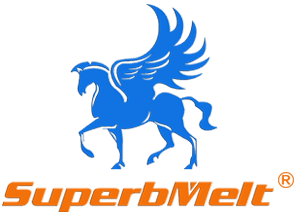
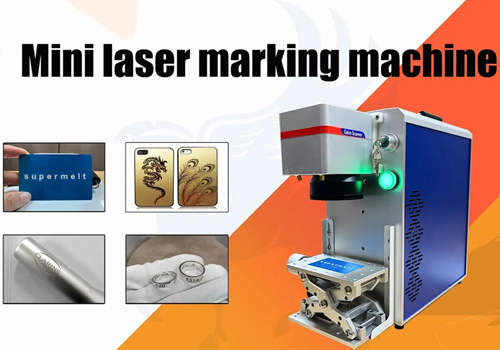
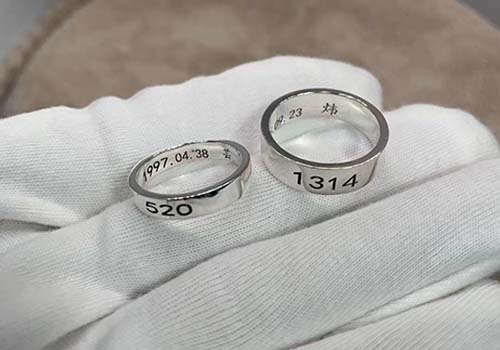
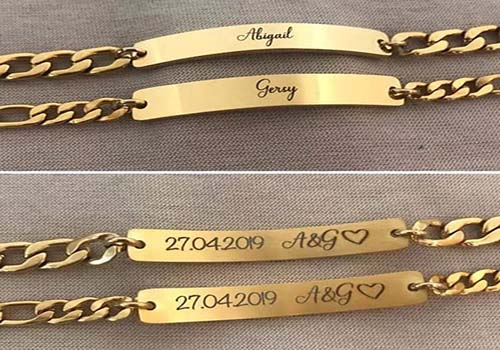
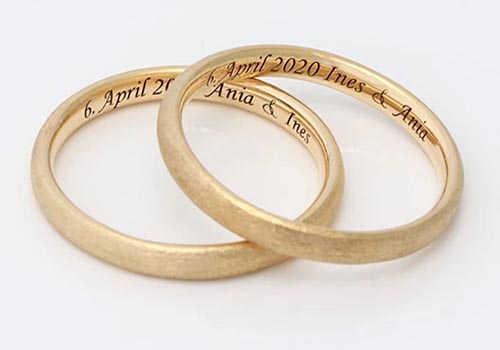
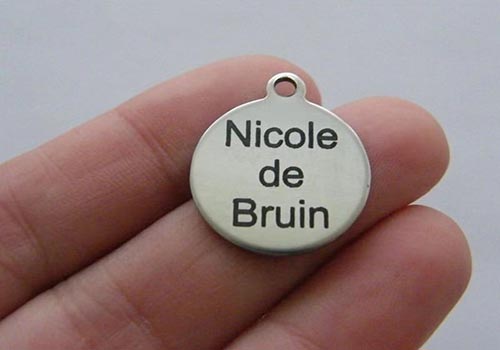
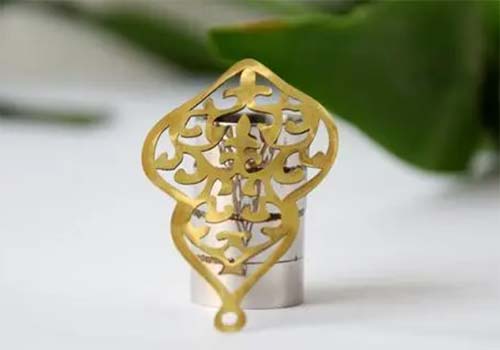
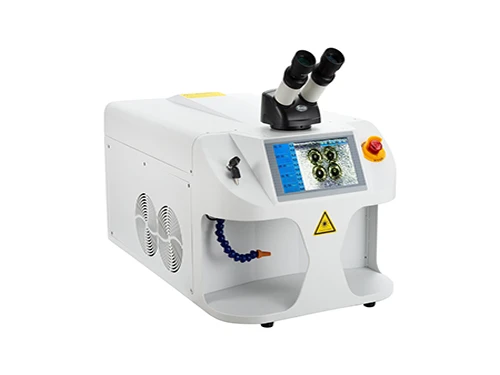
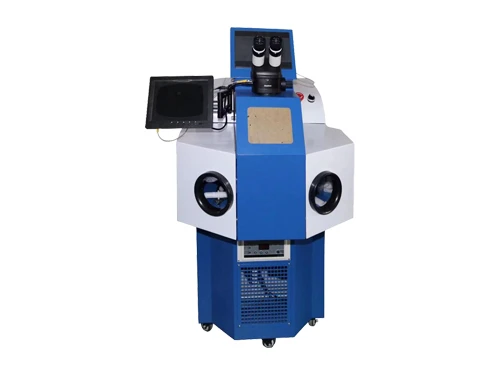

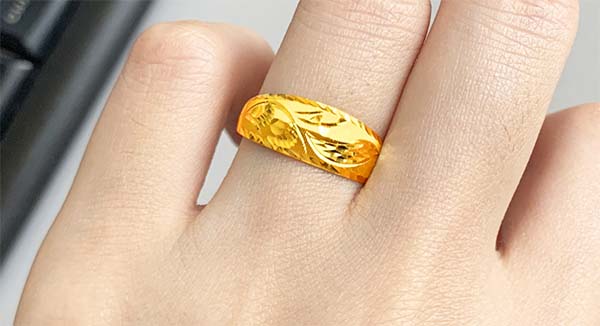
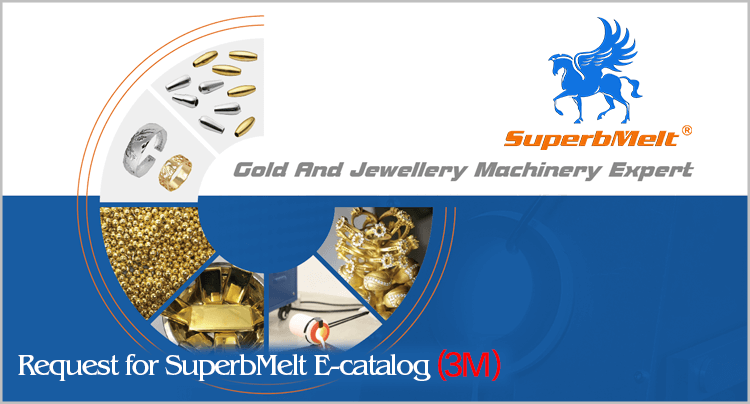
 © Copyright 2008-2021 Superb Electromachinery Co., Limited
© Copyright 2008-2021 Superb Electromachinery Co., Limited